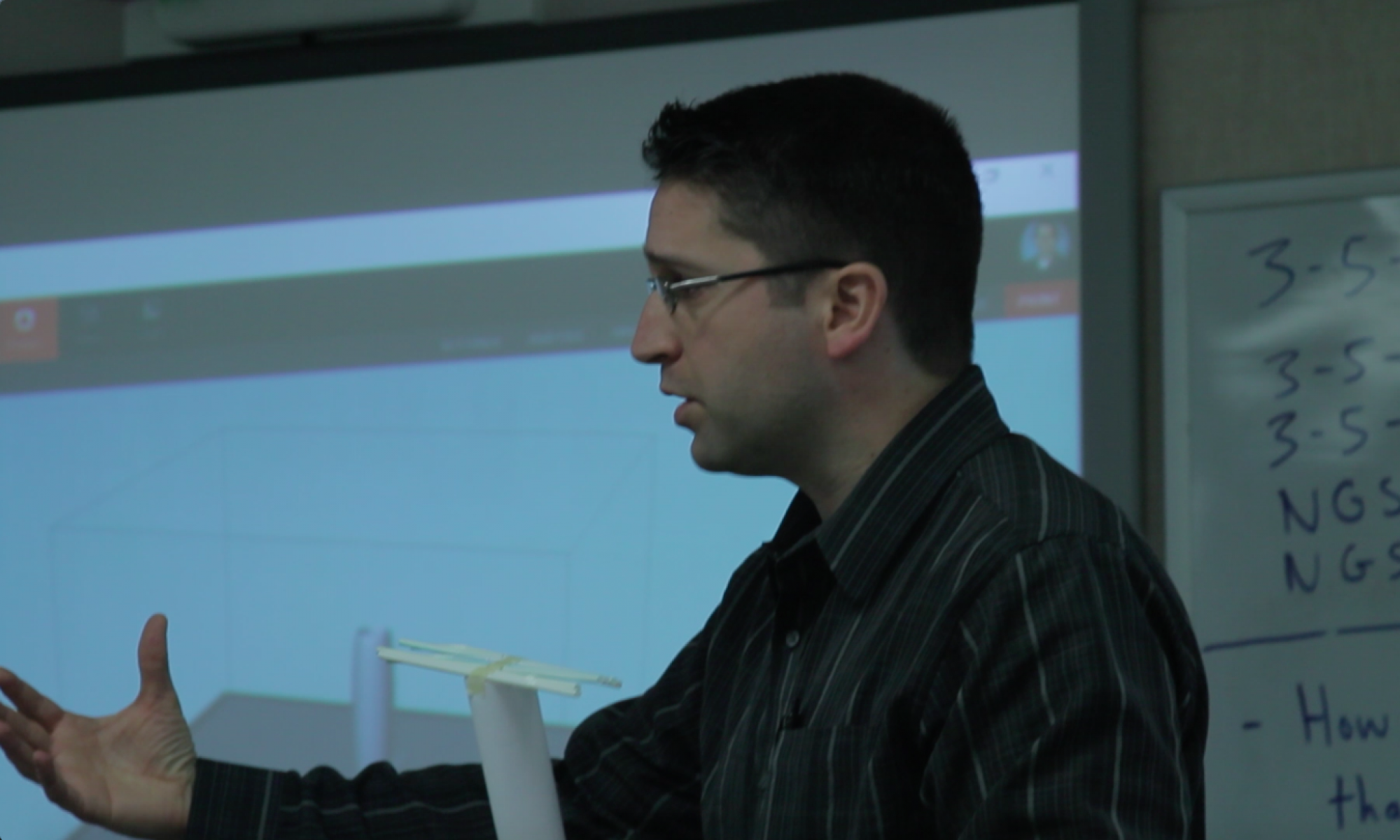
Who, When, Where, Why, What, How?
Who, when, and where we teach are often set by extenuating circumstances. Whereas why we teach is both deeply personal and different for every educator. What we teach can be set by state level standards, curriculum guides, and a number of other external factors. Sometimes we have some level of control and sometimes not. As instructors, we arguably have the most control over how we teach. Deciding how to teach content can be both fun and overwhelming because so often we reinvent the wheel in education and therefore put a lot of extra work into designing the how. Sometimes this is fine. However, it’s nice to choose when we as instructors invest so much energy in teaching versus utilizing prepackaged options. Sometimes curriculum provides a prepackaged option, but having a library of possible prepackaged choices to choose from can make a big difference by saving time, effort, and headache. Combine this with technology considerations, and there are some helpful connections to ISTE Coaching Standard 5 (adults in this case but also applies to kids).
ISTE Coaching Standard 5
Professional Learning Facilitator: Performance Indicator 5a: Design professional learning based on needs assessments and frameworks for working with adults to support their cultural, social-emotional and learning needs.
What’s a Protocol?
Perhaps the most well-known protocol is the Jigsaw activity. Honestly, this is with good reason, though, as The Distance Learning Playbook cites Chris Hattie’s meta-analysis work listing an effect size of 1.2 for Jigsaw as an instructional strategy. Here’s also where things become challenging as there does not appear to be standardized language across education. Whether we call these approaches protocols, learning strategies, professional learning practices, or something else, the intent is not to play with semantics but focus on the effectiveness of the approach itself. So, for our purposes, let’s consider a protocol a structured “how” for facilitating a given learning activity. Protocols don’t usually address the content directly, but they do provide a vehicle for learning the content by providing a structured activity.
Discussion, Instruction, or Learning Protocols?
Okay, so we’ve narrowed down to protocol, although, that can still mean a discussion, instruction, or learning protocol, depending on the source. These three different descriptions can all mean the same thing and, at the very least, there is a significant amount of overlap whether one is more focused on discussion versus instruction versus learning. Ultimately, the intent is to structure interactions among the participants. The protocol outlines how time will be managed, when different aspects of an activity will be done, and how individuals will interact. The Jigsaw protocol, again, can serve as a good example since it is relatively well known (it’s worth noting that there are different variations). In an example of one kind of Jigsaw, participants have a home group and an expert group. After receiving overall instructions from the instructor, participants first go (physically or virtually) to their expert group. In the expert group, participants study a resource unique to their group and become the “experts” on that topic. Experts then go back to their home groups and take turns sharing about newfound areas of expertise, both teaching the group about their area and learning from the group members about other related areas. Thus, once finished, there has been a completed jigsaw of new information by combining all of the individual pieces of learning.
How can these support an Andragogical Instructional Framework?
In other words, what role can protocols play in adult professional learning taking place in an Ed. Tech environment? Regardless of the adult learning framework being implemented for a given instructional context, protocols can play an important role in several ways.
- Equity of Voice: protocols make sure that everyone is heard by regulating airtime and encouraging reluctant participants to speak.
- Accountability: protocols hold learners accountable for their learning in a positive way by communicating to participants their expected level of engagement and contributions.
- Reducing Social Anxiety: protocols provide transparent expectations of participation in advance of the activity so that nervous participants know exact expectations which reduces anxiety-inducing unknowns.
- Equity of Expertise: protocols level the playing field within a learning environment by elevating new learners, empowering all learners with new knowledge, and limiting the ability of participants to “self-designate” as experts on the subject matter of the training activity.
- Engagement management: protocols can limit participants from dominating a group while also engaging more reticent participants by assigning jobs to participants so as to disperse responsibilities among the learners and lead to a more effective group dynamic.
- Time management: protocols provide a structured means for managing the length of a given activity as well as regulating the allotted discussion time in an equitable manner.
These are just a few examples of the way protocols can function within an adult instructional framework, or any instructional context for that matter. Protocols serve as an efficient and effective means for actively engaging participants in their learning. If you’re looking for a list of possible protocols to explore then I recommend starting with this list from Harvard’s Graduate School of Education. In addition to the jigsaw protocol, the list contains 18 common suggestions (with more linked at the bottom of the list). Select one carefully with your instructional content and context in mind, then practice implementing several times to become comfortable before moving on to another. In time, protocols can take care of the “how” of learning in an efficient way so that all involved can focus on investing energy in the aspects of instruction that drive the “why” behind their instruction and learning.
References
- International Society for Technology in Education. (2019). ISTE Standards For Coaches. ISTE. Retrieved from https://www.iste.org/standards/for-coaches
- Schmoker, M. (October 20th, 2015). EducationWeek. It’s Time to Restructure Teacher Professional Development. Retrieved from https://www.edweek.org/leadership/opinion-its-time-to-restructure-teacher-professional-development/2015/10
- Pitzele, K. (2013, November 27). From Brooklyn to Jakarta: Teaching Teachers Well. Edutopia. Retrieved from https://www.edutopia.org/blog/brooklyn-jakarta-teaching-teachers-well-karali-pitzele
- Teaching & Learning Lab. Discussion Protocols. Harvard Graduate School of Education. Retrieved from https://www.gse.harvard.edu/sites/default/files/Protocols_Handout.pdf
- Rothstein, S. and Rowell, L. (2021, January 25). Discover, Discuss, Demonstrate: Using Inquiry-Based Learning to Keep Students Engaged. Edutopia. Retrieved from https://www.edutopia.org/article/discover-discuss-demonstrate-using-inquiry-based-learning-keep-students-engaged

I really appreciate the breakdown and the idea that protocols serve as a “vehicle for learning by providing structure.” Sometimes, the structures or processes are overlooked as something to learn , but if they help streamline a process to dive into the why of androgogical discussions on pedagogical practices they are important to establish. Thanks for sharing!
I really enjoyed your introduction to protocol and then the tie in to adult learning. The jigsaw example was a great example, one that many are already familiar with. I think you end with a great takeaway that protocols take over the how of learning so that instructors can focus on the why. Thanks for sharing!
Doug,
Your blog post was a great read! I loved your connection of protocols to the structure of professional development. “Protocols serve as an efficient and effective means for actively engaging participants in their learning.”This statement really resonated with me, and I really enjoyed reading more about your jigsaw example. As you mentioned, I think that this jigsaw protocol is a great way to both learn and share information in PD. Thanks so much for the insightful blog post! Well done!